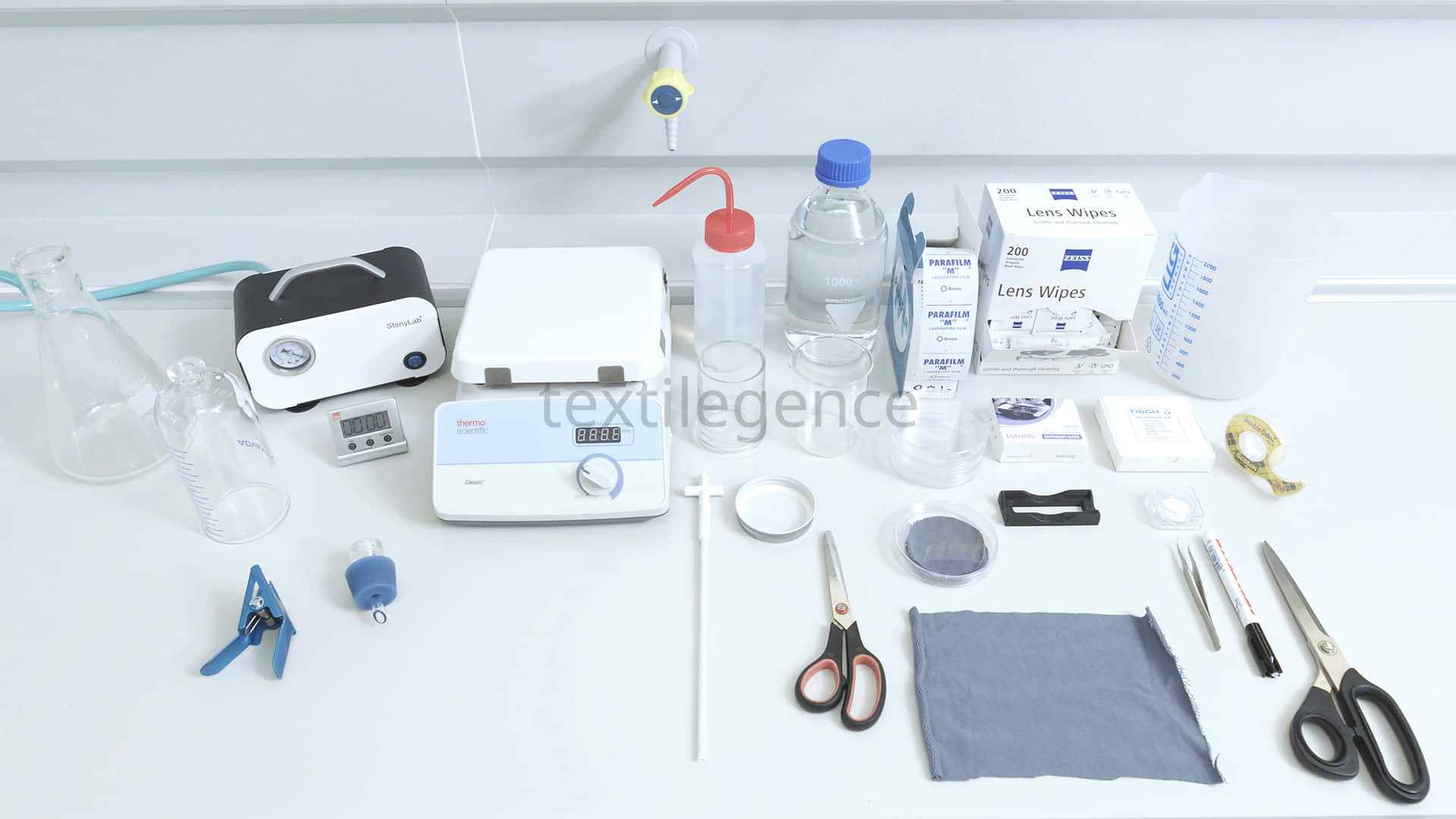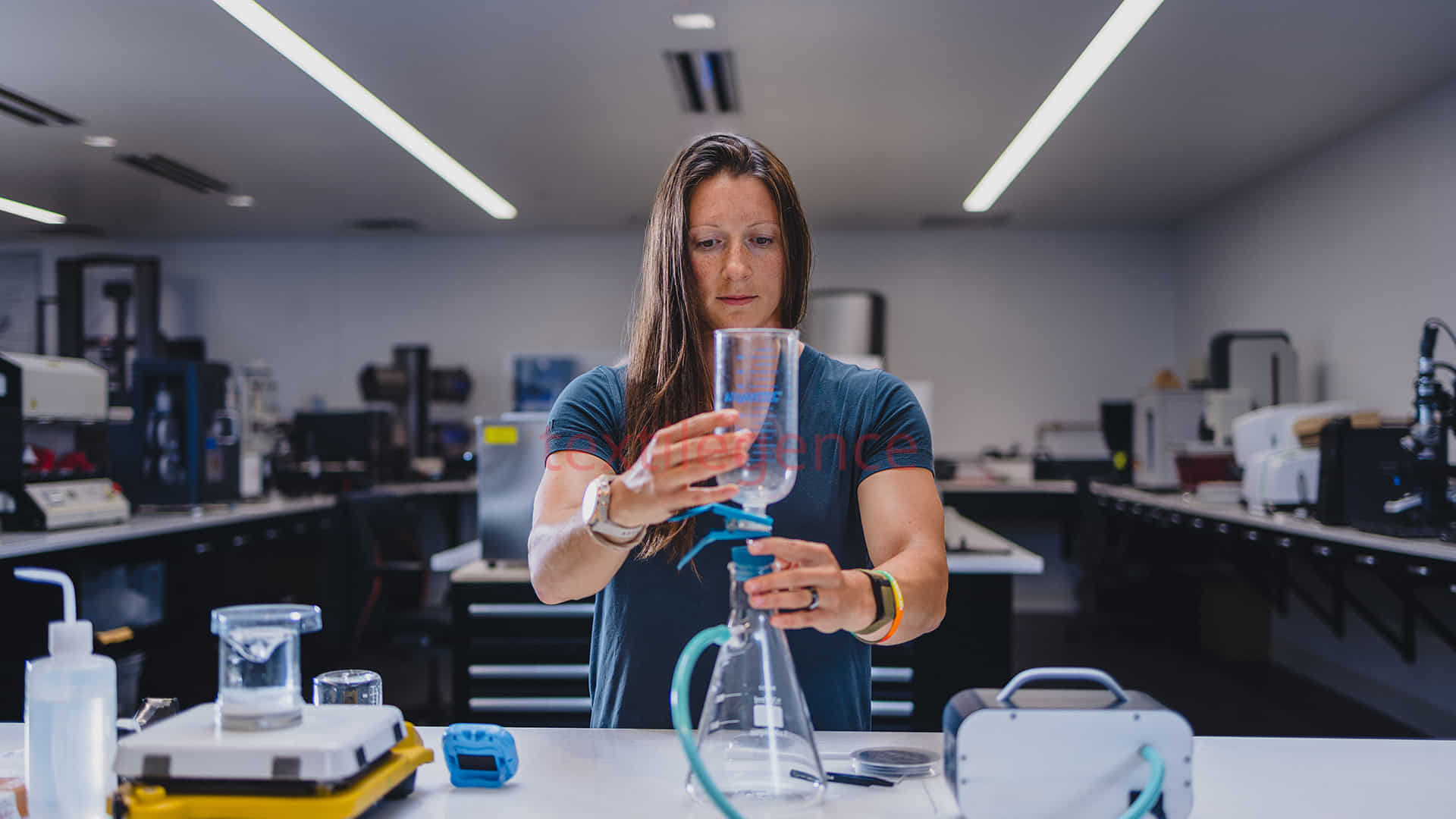Under Armour, the USA-based sportswear company launched a new fiber-shed test kit in cooperation with testing provider Hohenstein. By using the new kit, the company can reliably assess the quality and shed rate of the materials from suppliers. This test method aims to help textile companies along the supply chain to develop lower-shed materials during product development. The companies carry out the test themselves in-house using the test kit or can commission Hohenstein as a testing service provider. The kit is a one-off purchase, after which users can buy additional materials from project partner James Heal.

New test method remarks microfibre problem
During the production, wear and laundering of synthetic and natural fabrics, fibre shedding occurs in varying degrees. The companies expect that their test method will help the industry better understand and reduce its contribution to the microfibre problem.
Senior Vice President of Innovation for Under Armour, Kyle Blakely pointed out that until now, integrating fiber-shed testing into industry research and development activities has required a significant time and cost investment, saying: “At Under Armour, we believe intervening early to mitigate shedding is critical, which is why our test method is designed to specifically address these time and cost barriers.”
For Hohenstein customers, the test kit is a useful addition to their microplastics tests. It is a quick and relatively inexpensive preliminary test that ensures better early-stage results for the end product. CEO at Hohenstein, Dr Timo Hammer said that as a leading research and testing lab for textile fibre release, this new method perfectly complements their current portfolio, noting: “We are proud to support Under Armour and its suppliers as a neutral, third party for testing and technical advice.”

Under Armour has provided complimentary test kits to high-volume textile mills
In addition to making the test method publicly available, Under Armour has provided complimentary test kits to high-volume textile mills in its global supply chain to encourage early intervention within its indirect scope.
Through a new pilot program, the company is also developing a reduced shed version of its largest fleece offering that is expected to launch in Fall/Winter 2024. As the company continues to support the redevelopment of fabrics to shed less, UA aspires to improve product durability and performance to support athletes.

